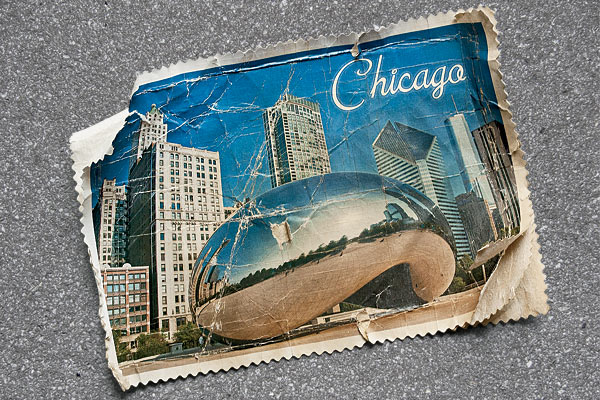
Photo: Ratko Radojcic
Earlier this year, in the space of just a few weeks, Time put Rahm Emanuel on its cover, spotlighting his fight against “crime and failing schools”; a New York Times Magazine cover story focused on Chicago’s massive housing inequities; Vice, from its new outlet on HBO, gave viewers a tour of “Chiraq”; and, most infamously, The New York Times Book Review ran a piece by the DePaul professor Rachel Shteir that basically called her fellow Chicagoans boosterish bloviators blind to all of the “urban apocalypses here.”
Plenty of other cities—Baltimore, New Orleans, Philadelphia, St. Louis, Washington, to name a few—have higher murder rates and arguably worse schools. Why do the national media seem to have chosen Chicago as their punching bag du jour?
It’s a big, easy target. Chicago’s “Big Shoulders” image—it was the city that “built the American dream,” to use the historian Thomas Dyja’s words—makes any fall from that perch seem that much more momentous. “We were the future,” says the Northwestern professor Bill Savage.
The Obama factor. Chicago’s problems never used to be much of a national story (unless a governor got indicted). But after a skinny Chicagoan became president—a man whose team has included a Daley, our current mayor, and one of the country’s most powerful political advisers—the light of press attention shone more brightly. “When you look at what’s wrong [with the country],” says Savage, “you look at Chicago.”
It’s our turn. In the 1970s, New York City “was collapsing,” the Reader media critic Michael Miner points out. “The Summer of Sam, ‘Ford to New York: Drop Dead.’ ” When Los Angeles hit hard times in the early 1990s, it “was just as much of a [media] whipping boy,” says Savage. Chicago is a logical third. It will be somebody else’s turn soon enough. Prepare yourself, Houston (which is projected to surpass Chicago in population by 2030): You may be next.


